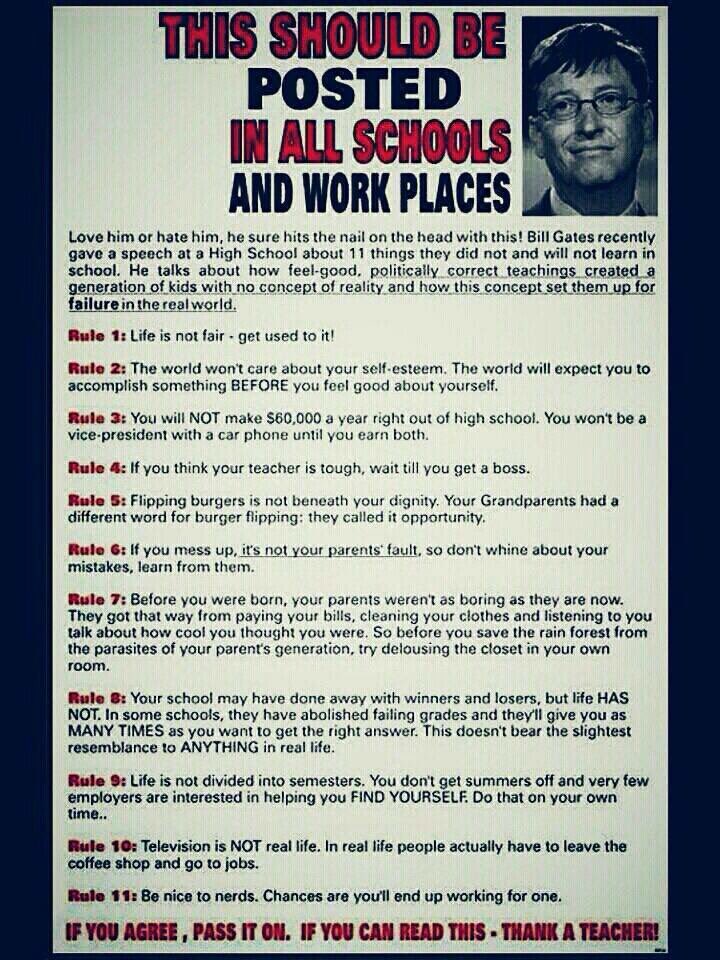
A To Z of FEAR -Not A Single Thing For Trading/Speculation


There are about 7 billion people currently living on the Earth. Each and every single one of us has a different perspective regarding anyone and anything. Do you know why? Because everyone has slightly different past experiences and the way we see the world is determined by our memories. Without them, we don’t have a basis to compare to and without a basis to compare, we are lost. We don’t know how to feel. We perceive through association. We associate based on something already experienced.
I distinguish two types of intuition – inherent and acquired. Inherent is the one you were born with and it is the end product of hundreds of thousands of years of evolution aka trying to survive in the fields. We are wired to seek instant gratification without a deeper thought about the future consequences, we are loss averse and stubborn.
While the inherent (core) intuition is the pre-installed software, each and everyone of us is born with, the acquired intuition is the upgrade we get through life as it is based on everything we experienced. Your brain remembers everything, even if you don’t realize it. Of course you can easily recall only the most vivid memories as depending on your everyday activity the brain has prioritized what is important and what is not. (more…)




Did he really say that? Crikey.
EUR/USD slips back down through 1.2100, presently 1.2095.
EDIT: Headline misleading. Bank of Italy Director Salvatore Rossi, speaking before Senate hearing, said Italy’s interest payments on debt were subject to great uncertainty and that a 1% rise or fall in interest rates on debt maturing from 2011 would cut or hike the 2012 deficit by 0.5 percentage points. Ahhh.
 A rare reversal pattern characterized by a gap followed by a Doji, which is then followed by another gap in the opposite direction. The shadows on the Doji must completely gap below or above the shadows of the first and third day.
A rare reversal pattern characterized by a gap followed by a Doji, which is then followed by another gap in the opposite direction. The shadows on the Doji must completely gap below or above the shadows of the first and third day. A bearish reversal pattern that continues the uptrend with a long white body. The next day opens at a new high then closes below the midpoint of the body of the first day.
A bearish reversal pattern that continues the uptrend with a long white body. The next day opens at a new high then closes below the midpoint of the body of the first day. Doji form when a security’s open and close are virtually equal. The length of the upper and lower shadows can vary, and the resulting candlestick looks like, either, a cross, inverted cross, or plus sign. Doji convey a sense of indecision or tug-of-war between buyers and sellers. Prices move above and below the opening level during the session, but close at or near the opening level.
Doji form when a security’s open and close are virtually equal. The length of the upper and lower shadows can vary, and the resulting candlestick looks like, either, a cross, inverted cross, or plus sign. Doji convey a sense of indecision or tug-of-war between buyers and sellers. Prices move above and below the opening level during the session, but close at or near the opening level. A continuation pattern with a long, black body followed by another black body that has gapped below the first one. The third day is white and opens within the body of the second day, then closes in the gap between the first two days, but does not close the gap. (more…)
A continuation pattern with a long, black body followed by another black body that has gapped below the first one. The third day is white and opens within the body of the second day, then closes in the gap between the first two days, but does not close the gap. (more…)An absolutely crucial characteristic all successful traders share is confidence. Success is only achieved when a trader has the confidence to execute his ideas without being overcome by emotional fears. I believe that creating a game plan and sticking to it will foster confidence in the long run because the trader defines all aspects of his trade that he can control; the rest is left to the market. Confidence based on winning trades is fleeting, but confidence based on the ability to objectively execute ideas leads to long-term, unbreakable confidence.
Yet I often see two primary psychological problems that traders experience with regard to confidence. There is overconfidence and underconfidence, both of which lead to very serious complications in one’s trading. Overconfidence occurs when the trader has had a string of winners and feels indestructible. A common statement of reflection once destruction occurs is usually something like: “I thought I knew more than the markets” or “I thought I had trading all figured out.” The trader usually begins to get sloppy in their trading and takes poor risk/reward trades, believing it will just work out for them. Hard-earned profits can disappear in a very short time if overconfidence is present — unless the trader has learned the techniques to recognize this and nip it in the bud quickly. (more…)